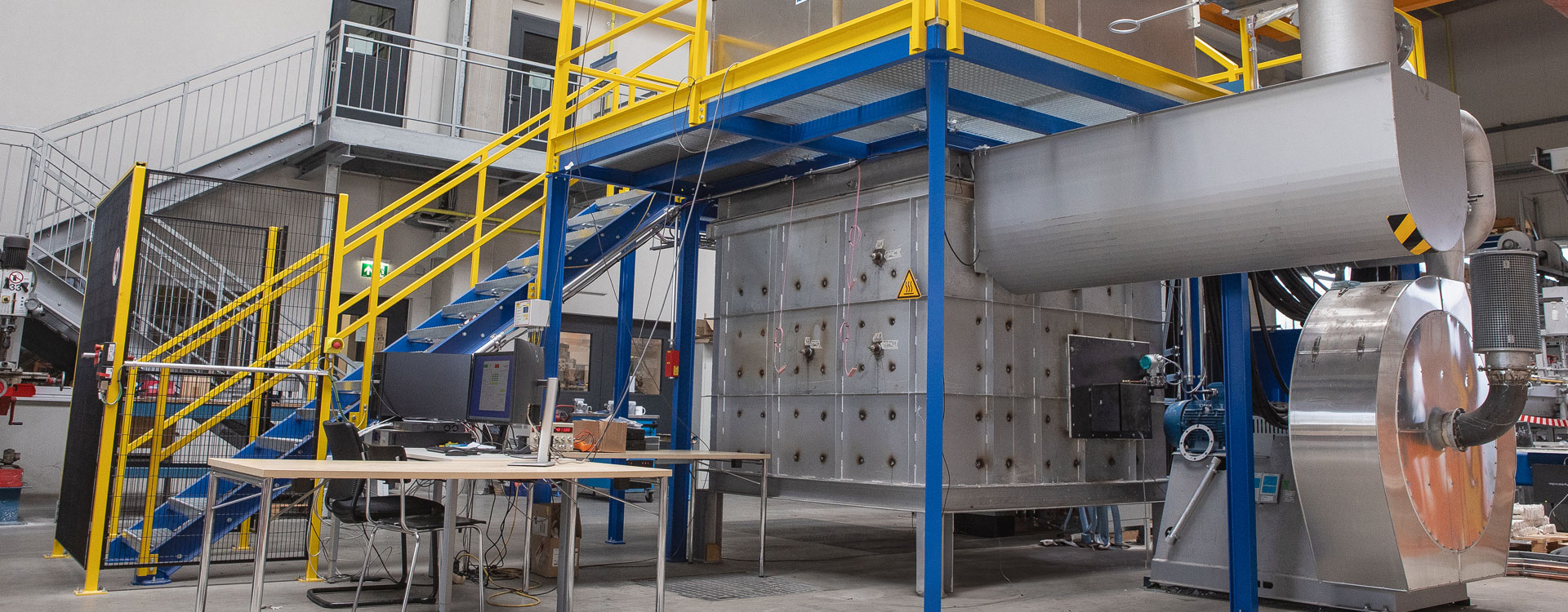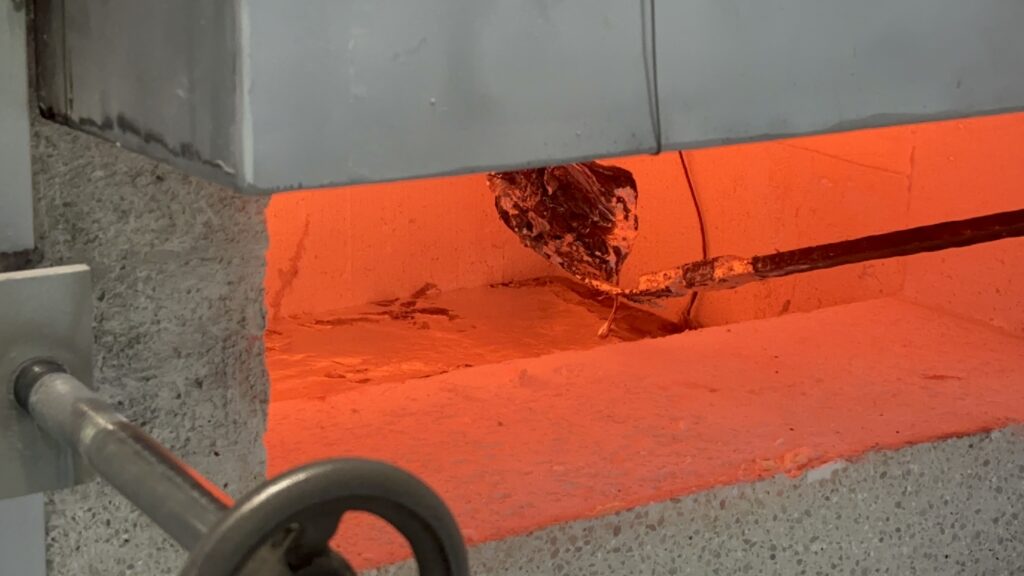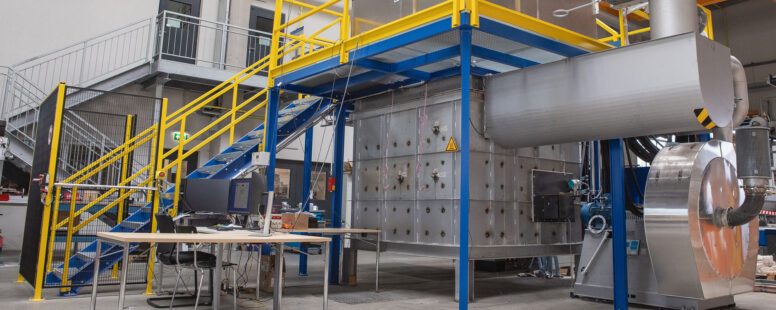Plasma burners

TPS | Werner Wiggen, Managing Director
Plasma burners
Zero-carbon solutions to decarbonize industry.
Alongside the process used to reduce primary material, one of the most impactful points that can be leveraged to reduce the carbon footprint of aluminum production is the melting process. Currently, regenerative burner systems fueled with natural gas are the standard technology used in large-scale industrial melting furnaces. Although such systems are extremely efficient, they emit a significant amount of CO2 – a fact that stands in stark opposition to ambitious climate-related goals. Fortunately, economical decarbonization does not require existing facilities to be completely replaced: targeted rebuilds can be used instead. For such rebuilds, plasma burner technology currently represents the most cost-effective and future-oriented technology under development.
PLASMA BURNERS AND DECARBONIZATION
Plasma burners allow heat to be input into a process without carbon emissions, even as they also fulfill the strict requirements for temperature and process stability associated with the melting of aluminum. Due to their ability to be integrated into existing furnace systems, they offer a realistic and cost-effective way to transform the industry into a sustainable one.
Plasma, often referred to as the fourth state of matter, is an ionized gas. It conducts electricity, which allows electrical energy to be directly converted into thermal energy with an extremely high power density. This allows temperatures of several thousand degrees Celsius to be achieved, ideal for high-temperature processes like those used to melt metal. The most significant advantage when compared to other common combustion processes is the zero-carbon generation of heat.
DEVELOPMENT AND CURRENT STATUS
TPS was founded in 2022, with the goal of establishing plasma burners as a cost-effective product for industrial use. The company’s focus has been on Inductively Coupled Plasma (ICP), in which an inductor is used to create plasma in a ceramic tube. When compared with the more common Direct Current Plasma (DCP), the main advantage of this technology is the elimination of electrode burnoff – which significantly shortens maintenance intervals. By scaling the system and further refining the power electronics, TPS intends to offer ICP systems that are not only priced lower, but also offer higher efficiencies than the technological alternatives. The first prototype expected to fulfill these requirements is currently being tested in a pilot caster at the C-R-C.
An additional significant milestone was passed at Freiberg University’s Foundry Institute in 2025: for the first time, 100 kg of aluminum was melted using only a plasma burner system developed in-house. After the furnace was preheated for over 20 hours, 100 kg of aluminum was placed inside and melted in about 2 hours. Trials in which the process employed in a traditional bath-type furnace was reproduced showed very promising results. Reductions in the amounts of dross and hydrogen inclusions were noted, indicating an improved melt quality. These results will soon be validated by making direct comparisons with gas-fired burner systems.
FUTURE PROSPECTS AND FURTHER DEVELOPMENT
In parallel with the tests conducted in Freiberg, a pilot project in Ranshofen has been running at full speed. In 2025, stable outputs reaching up to 750 kW should be achieved. The goal is to raise this to 1 MW by 2026, and TPS plans to base a modular heating system around this 1 MW burner design. Due to the compact construction, it is possible to integrate several of these systems into the extant flanges of regenerative burners. This means that installation in the majority of existing facilities is possible.
The next great step in development will be a long-term test of the prototype in an industrial furnace, which is planned for 2026. Alongside the melting of aluminum, TPS envisions additional applications for this technology in other high-temperature processes. These include the heat treatment of steel, the production of cement and glass, and a number of applications in the chemical industry. The technology can be employed in any application where both high performance and high temperatures are required.




